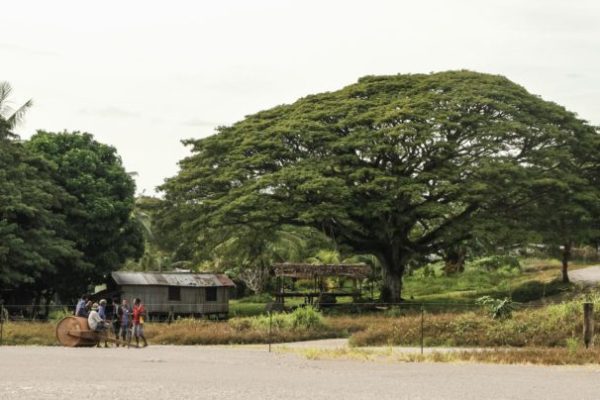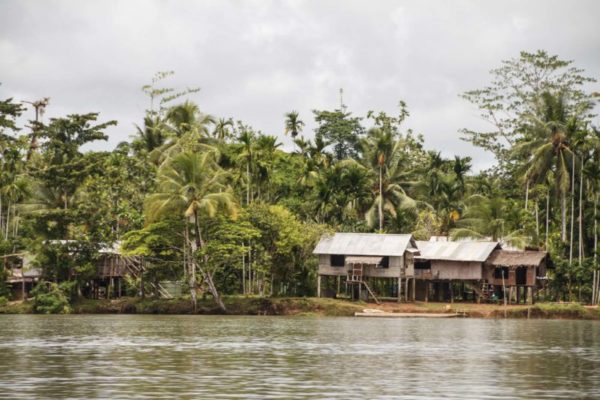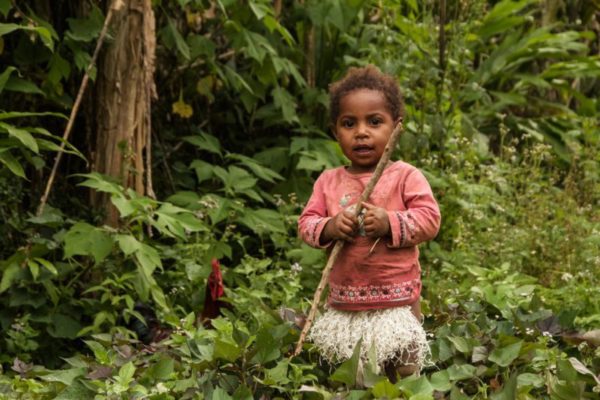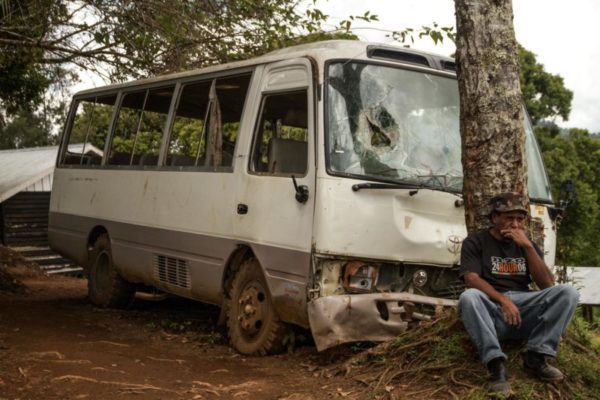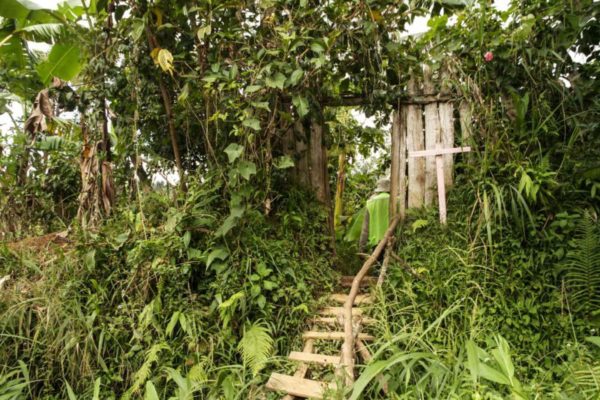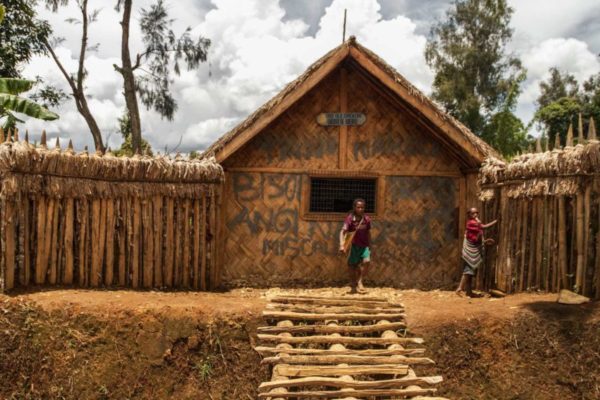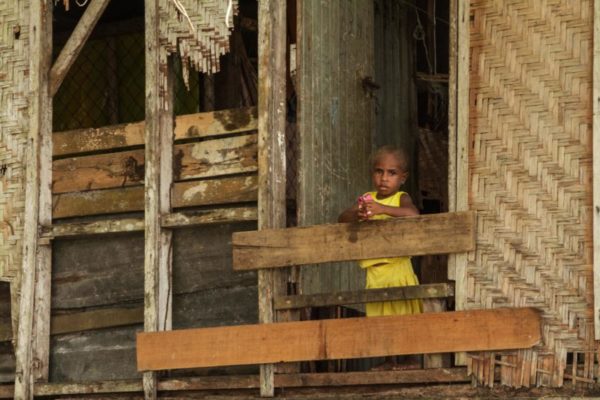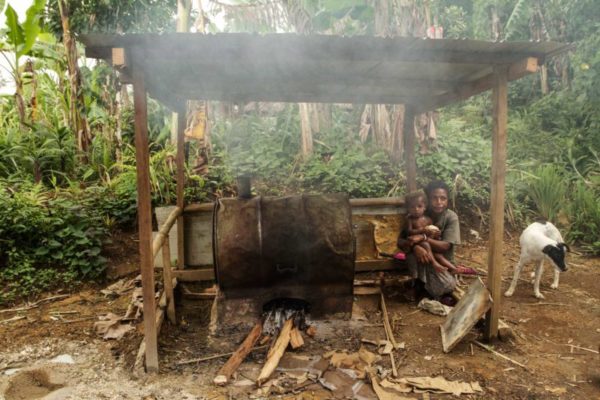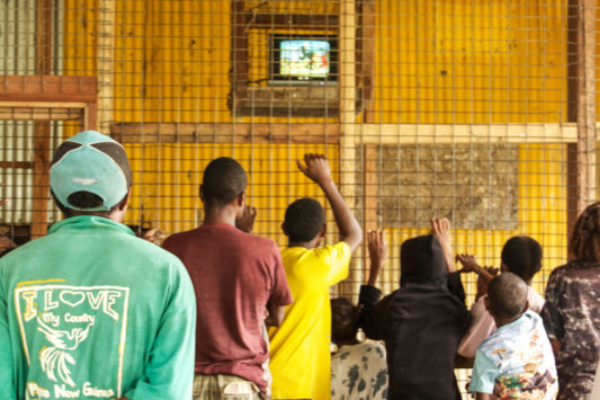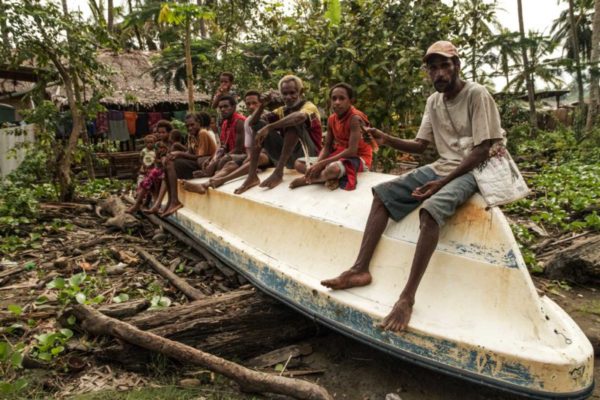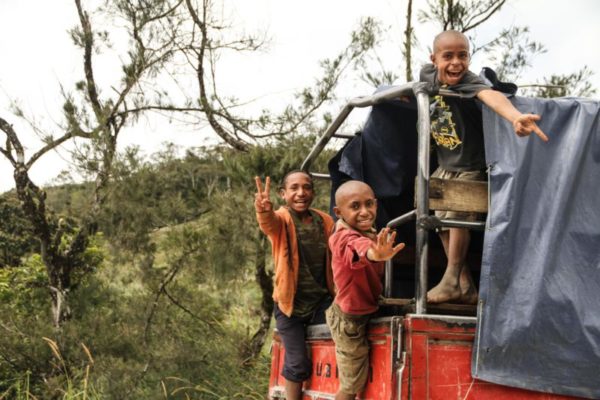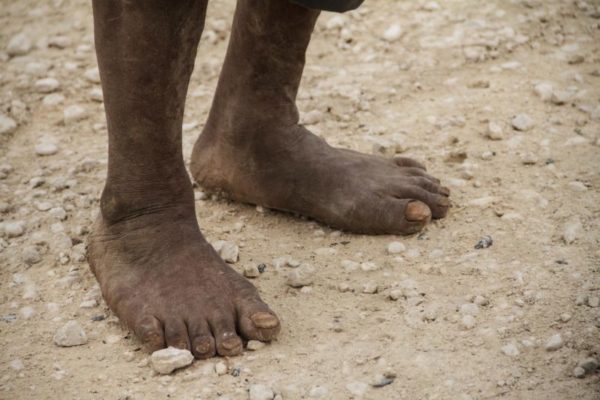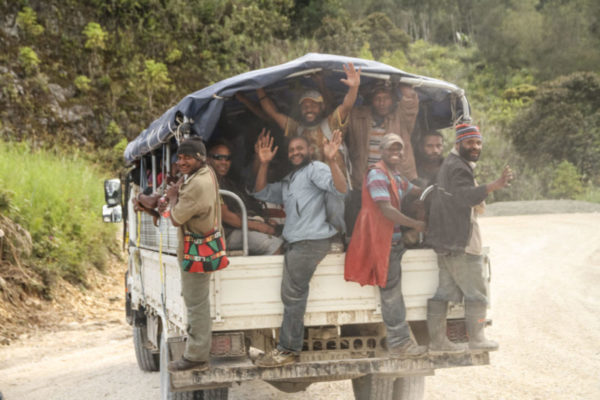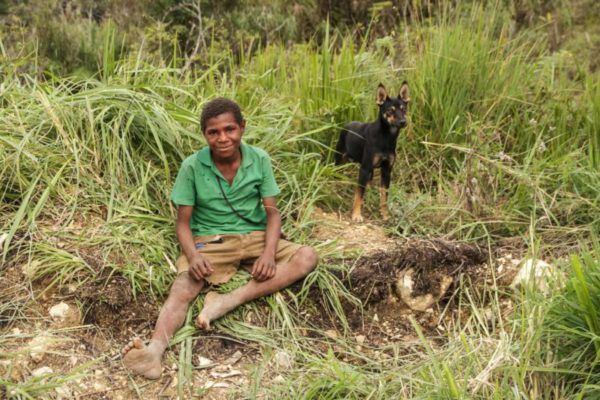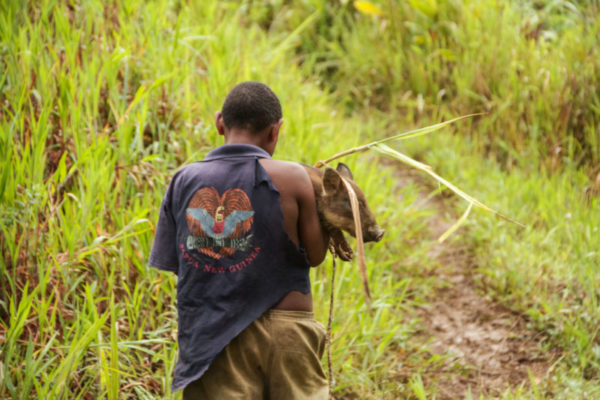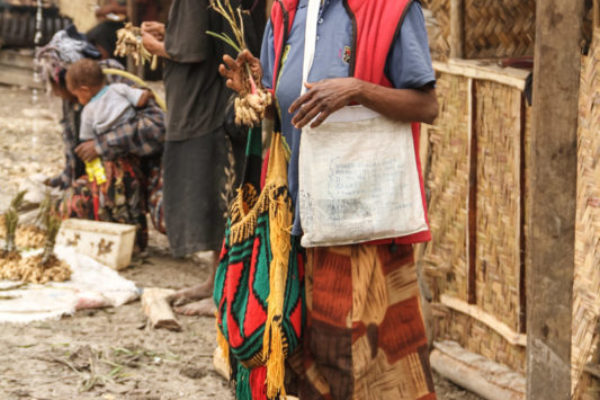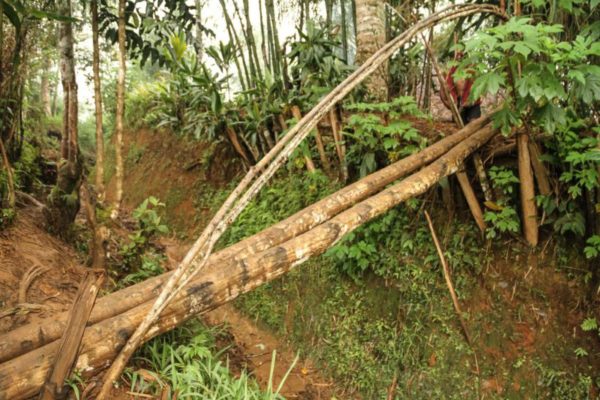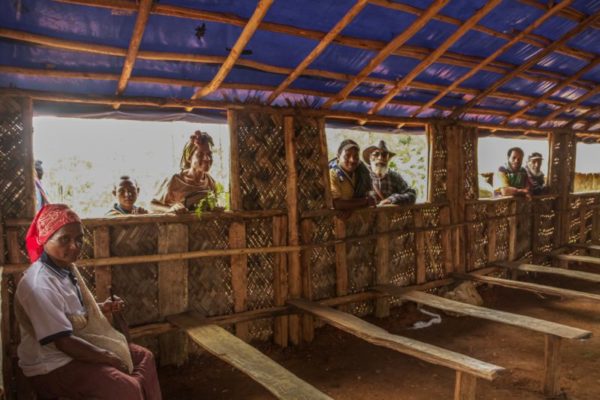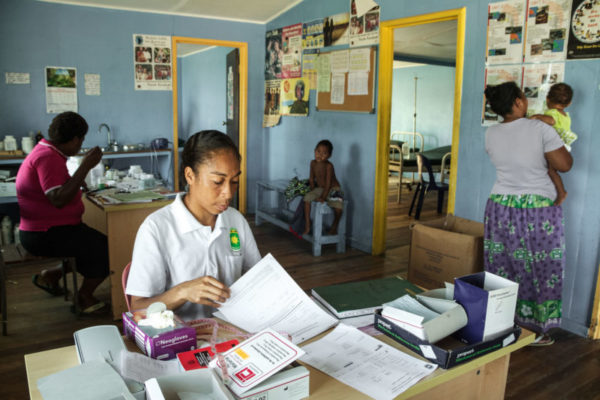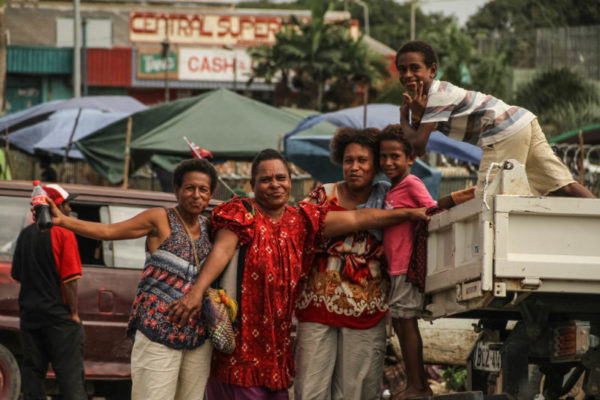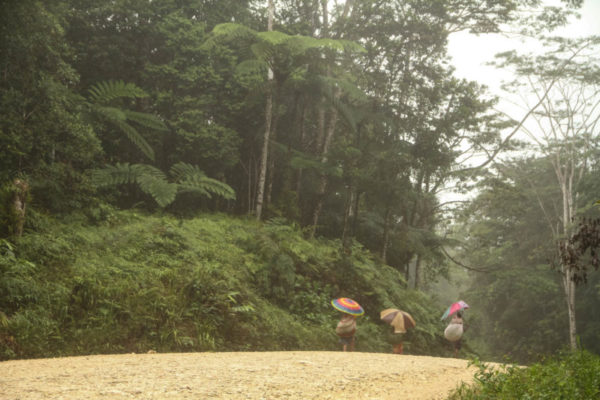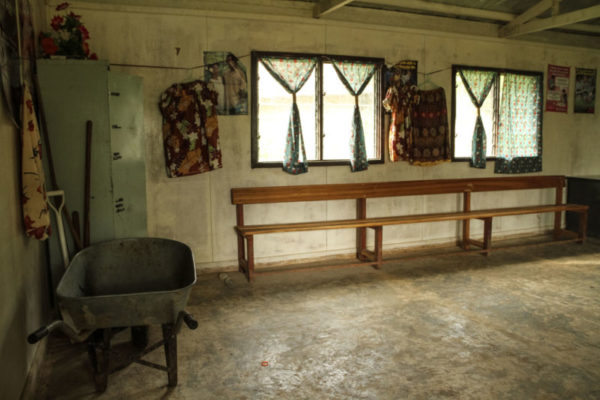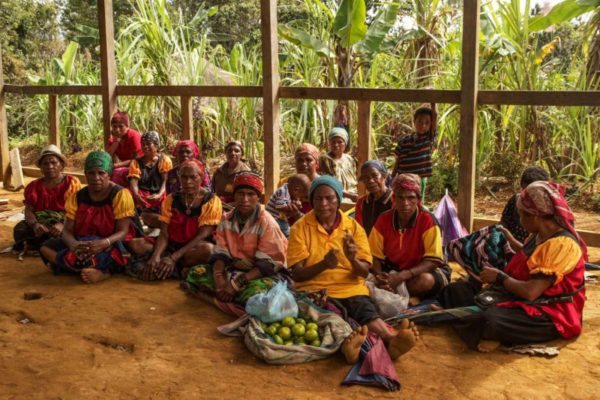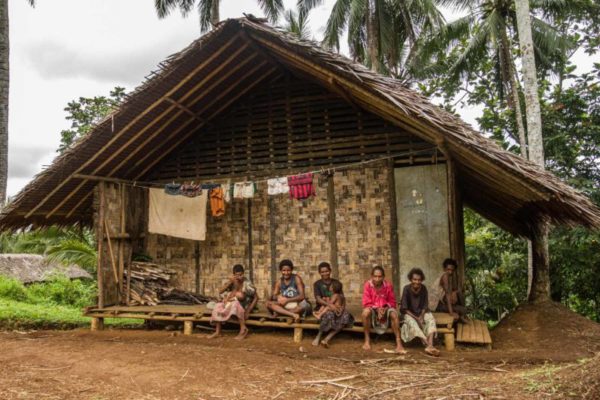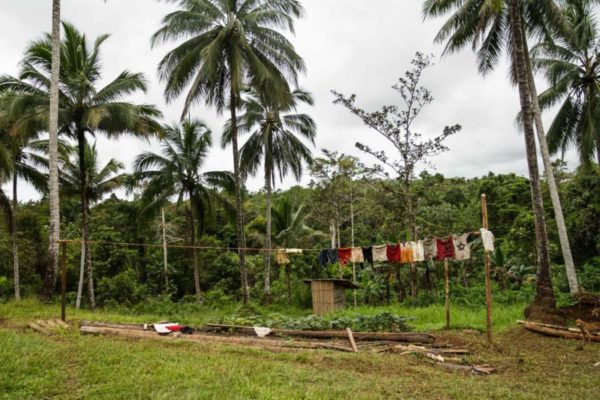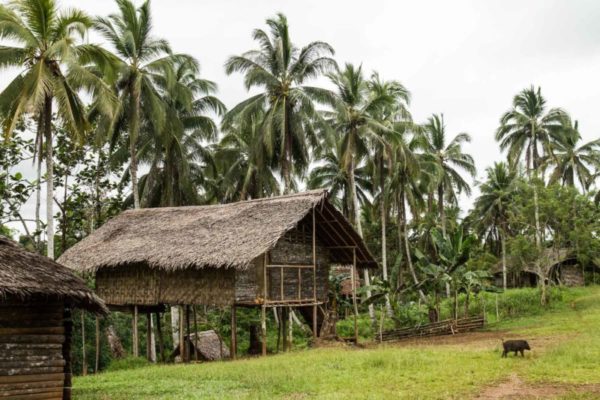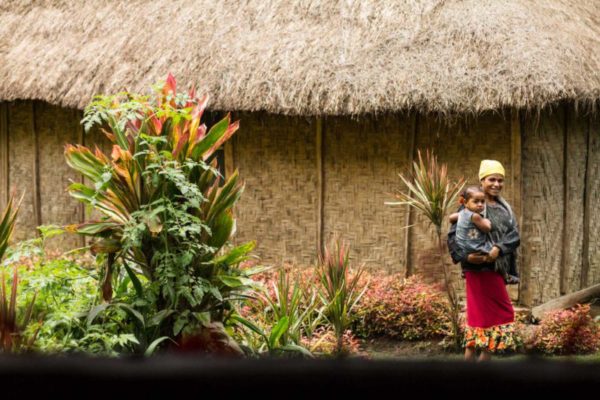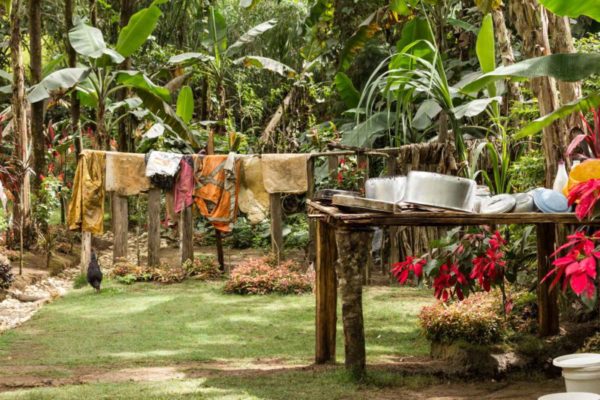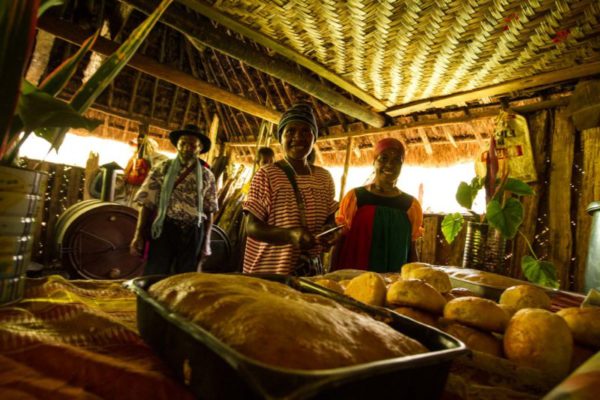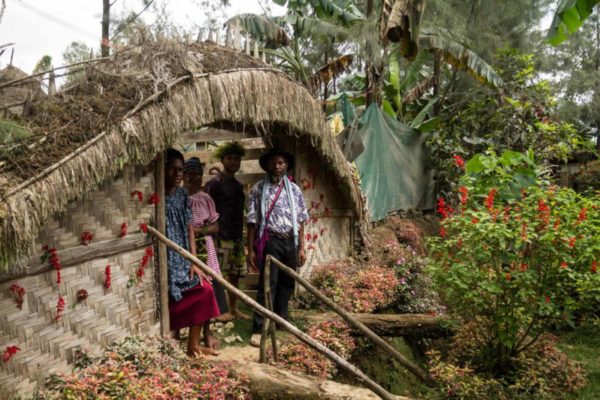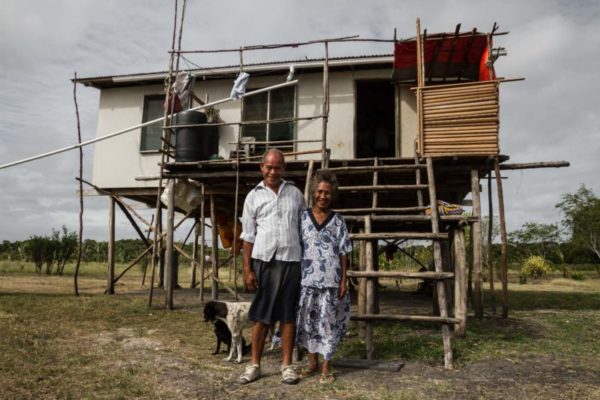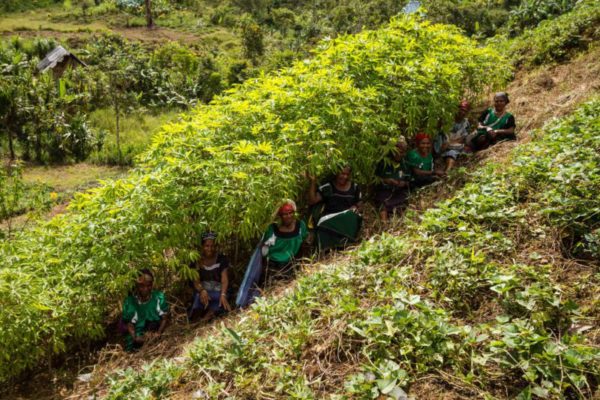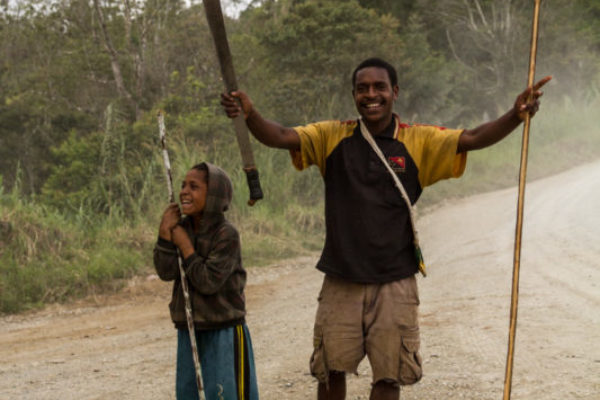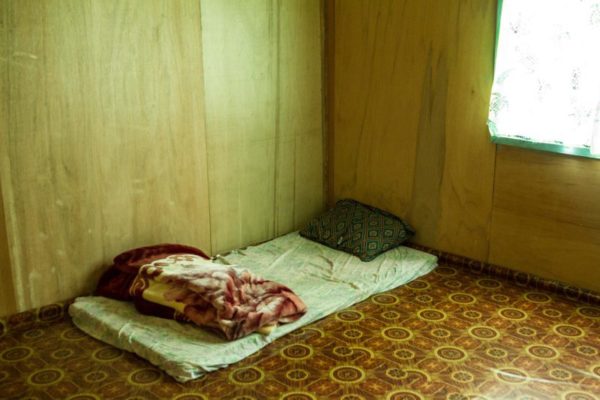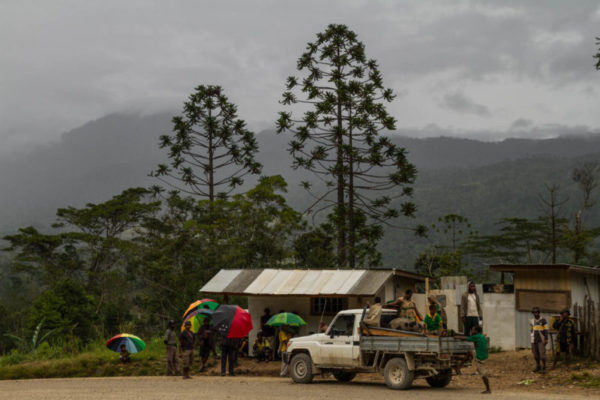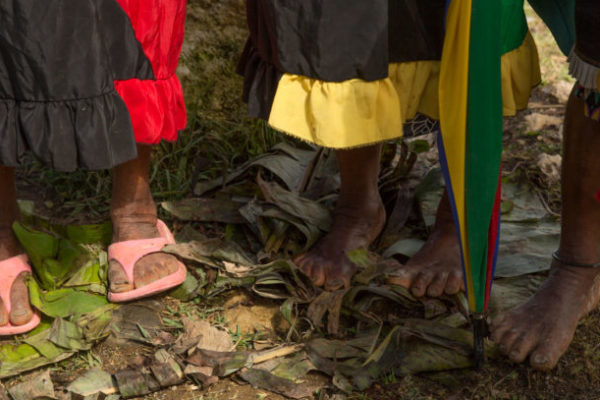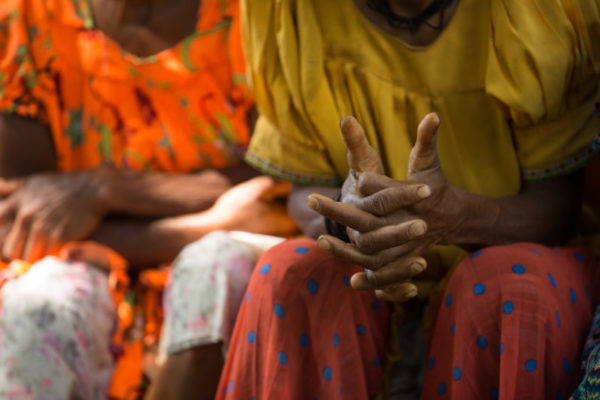Rural life in PNG
Papua New Guinea has the third most rural population in the world, with almost 85% living in remote highland areas and far-flung islands. It is difficult and costly to provide basic services and develop infrastructure, including electricity, telecommunications and roads. The capital city Port Moresby, for example, is not linked by road to any of the major population centres, and many villages can only be reached by light aircraft or by foot.
While this rural setting provides an idyllic backdrop, a picturesque simplicity to rural life, the extreme isolation is illustrated in many ways: lengthy travel times for agricultural inputs or other goods, limited access to health care and education services, limited local job opportunities, and limited communication. Many people have moved to the cities or urban spaces to find better opportunities, but connections to the village remain deep.
I have always felt that the villages of Papua New Guinea are a reminder of what life used to like, of how mankind survived for thousands of years living intrinsically connected to their environment. While life is undoubtedly hard in these rural areas, it is also somehow balanced, and its raw simplicity makes you wonder if modern society has it all completely wrong.
